Today, August 19, the Ho Chi Minh City - Long Thanh Expressway expansion project will officially start. The project is expected to be basically completed in December 2026 and put into operation in 2027. Meanwhile, Long Thanh International Airport is expected to be inaugurated at the end of 2025. This means that traveling between Ho Chi Minh City and Long Thanh Airport when put into operation is still a difficult problem in the early stages.
Lessons from the new Eastern Bus Station
The distance of more than 40 km from the center of Ho Chi Minh City to Long Thanh will become an obstacle if the connecting infrastructure is not prepared in time. Because if the traffic jam lasts for a long time, the travel time to the airport can take double or even triple, making passengers worry about missing their flights.
Mr. Le Trung Tinh, Chairman of the Ho Chi Minh City Passenger Car Association, said that if the connecting infrastructure is not completed and all international passengers are transferred to Long Thanh airport, the situation at the new Eastern Bus Station will be repeated. Although this bus station is modern and has a large design capacity, the actual number of passengers has not reached 50% due to its location far from the center and inconvenient traffic.
According to Mr. Tinh, some countries have encountered similar problems. Narita Airport in Japan or Incheon Airport in South Korea both faced the problem of distance when built far from the center while the connecting infrastructure was not yet completed. Therefore, moving international flights to Long Thanh Airport needs to follow a roadmap. "Initially, we can move long-distance flights such as to Europe and America. When the highway and metro are completed, we will continue to gradually move flights to the Asian region," he suggested.
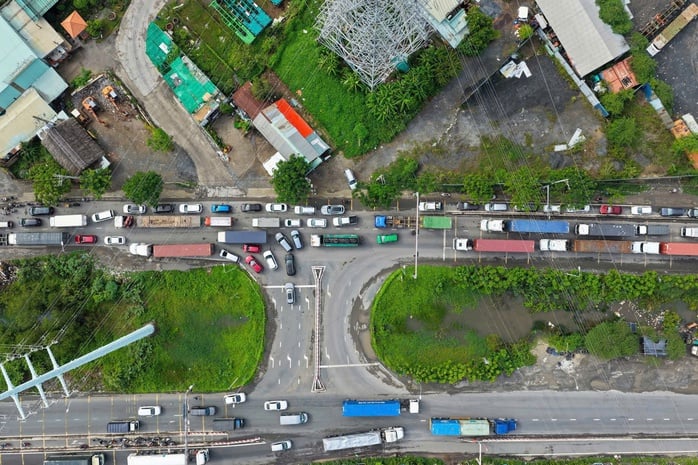
The Ho Chi Minh City - Long Thanh Expressway is often congested and overloaded. Photo: ANH VU
According to architect Khuong Van Muoi, former Vice President of the Vietnam Association of Architects, the prerequisite for effectively exploiting Long Thanh airport is to build a transportation system that quickly connects with Ho Chi Minh City, especially with Tan Son Nhat airport. He believes that without a super-fast connection route, the "super airport" may operate less effectively than expected.
In the planning, the metro line from Ho Chi Minh City through Nhon Trach to Long Thanh has been taken into account. This is a civil line with many stops, suitable for serving diverse travel needs. However, when Long Thanh airport is put into operation, the most important thing is the direct connection between the two airports.
"International passengers arrive at Long Thanh airport but need to transfer from Tan Son Nhat airport to other provinces and cities. If they have to travel by road all day, it will be very inconvenient. We need a fast metro line so that when passengers step out of Long Thanh international station, they can go straight to Tan Son Nhat airport and vice versa," Mr. Muoi analyzed.
According to him, if Long Thanh airport plays an international role, and Tan Son Nhat airport serves domestic purposes, then the metro is the most reasonable choice. Then, passengers only need to step out of the station to get a train, avoiding the crowded scene on the often congested roads.
The government has been expanding many national highways and expressways connecting Long Thanh airport, but the risk of traffic jams is still very high. "Investors care about how many minutes it takes, not how many kilometers. This shows that speed and smoothness are more important than distance," Mr. Muoi emphasized.
More answers from experts
According to experts, solving the problem of "how to get to Long Thanh airport" is not enough. What is more important is to build a modern, multi-modal transport system that connects seamlessly with the entire region.
Mr. Do Thien Anh Tuan, lecturer at the Fulbright School of Public Policy and Management, analyzed international experience to show that airports are only successful when they are combined with a synchronous road and railway network. If Long Thanh airport is operated with a modern terminal but the connecting roads are still backward, the risk of falling into the situation of "super airport but narrow roads" is very high.
According to Mr. Tuan, it is necessary to speed up the construction of approved routes and add strategic projects such as urban railways to the airport and new expressways to share the load. In addition, the inter-regional transport system must be able to serve the next few decades. "Only then will Long Thanh airport become a convenient, efficient and competitive destination," he said.
Dr. Truong Minh Huy Vu, Director of the Ho Chi Minh City Institute for Development Studies, emphasized that both passenger and freight railways must be launched in parallel. And among the projects, the Long Thanh - Thu Thiem railway line is considered the top priority. Because Thu Thiem is aiming to become an international financial center.
Investors, businessmen, and experts from Singapore, Hong Kong (China) or Shanghai can fly to Ho Chi Minh City for a day to attend the event and then return. But if the journey from Long Thanh to Thu Thiem takes many hours, that connection will not be formed.
Therefore, investment in transport connecting Long Thanh airport with strategic development areas of Ho Chi Minh City and the key economic zone in the South is urgent. However, the most important thing is to choose the right investment method. If the wrong approach is chosen, the project will encounter many problems. "In case the city is assigned to be the managing agency of this railway line, it is possible to apply the "green channel mechanism" to shorten procedures and start construction soon" - this expert suggested.
Dr. Pham Viet Thuan, Director of the Ho Chi Minh City Institute of Natural Resources and Environment Economics, said that when there is an extended highway and metro line, it is necessary to organize a bus system and buses connecting the two airports. However, because Long Thanh and Tan Son Nhat are in two different administrative areas, management may be difficult, especially in subsidy payments or operational management. "It is necessary to consider handing over the entire Long Thanh airport, metro line and bus system to Ho Chi Minh City for management to ensure synchronization," Mr. Thuan proposed.
Regarding the investment mechanism, if traditional bidding is still applied, the metro progress will be very slow. According to Mr. Thuan, it is necessary to switch to the EPC general contractor form, assigning the private sector to take responsibility from design to construction and operation. Or the state can also establish three specialized general contractors: one for transport infrastructure, one for electricity and water, and one for the environment. These companies will take full responsibility for key projects.
A representative of the Airports Corporation of Vietnam (ACV) said that passengers' concerns will be alleviated when the connecting infrastructure is completed. The current planning has taken into account the expansion and diversification of access routes to avoid the situation of "one route carrying the entire airport".
According to the plan, the Ho Chi Minh City - Long Thanh - Dau Giay Expressway will be expanded from 4 lanes to 8 - 10 lanes, adding emergency lanes and improving intersections. When completed, the travel time from the center of Ho Chi Minh City to Long Thanh airport is expected to be only 40 - 45 minutes.
In parallel, the Thu Thiem - Long Thanh light rail line will shorten the journey to 20 - 25 minutes. This line is synchronously connected with the metro in the inner city, helping international passengers from the central metro station to go directly to the airport without needing a private vehicle.
A high-quality bus rapid transit system and shuttle buses from the city center, bus stations and neighboring provinces will also be organized with high frequency, ensuring reasonable costs. This is considered an important solution to reduce pressure on the road and give passengers more travel options.
ACV said the expressway and connecting route projects will be basically completed by the end of 2026, synchronizing with the time Long Thanh airport comes into operation. At that time, passengers will have more options instead of depending on just one expressway.
Overhead lines may be considered.
Not only experts, passengers also share many concerns. Ms. Le Thi Hong Hue - living in Thanh My Tay ward, Ho Chi Minh City; often flies - said that people are used to Tan Son Nhat airport. Although this airport often has traffic jams, there are still many detours to deal with. "Long Thanh airport is different - too far, and there is only the highway. Many times before getting on the highway, we are stuck at An Phu roundabout. The road is the only one so there is no way out" - Ms. Hue said.
From the perspective of a transport business, Mr. Hoang Van Thuy, General Director of Dai Hoang Thuy Joint Stock Company - a company with more than 50 passenger cars running the Ho Chi Minh City - Central Highlands route, said that currently, going from Ho Chi Minh City to Long Thanh airport is very inconvenient. "Passengers who want to go to this airport have to go 3-4 hours in advance, wasting time and health. The current connecting road is prone to traffic jams, the entrance and exit are narrow. It is necessary to allocate many routes or expand the gateway. In the long term, we can consider tunnels or elevated roads" - Mr. Thuy suggested.
Mr. Hai
Source: https://nld.com.vn/san-bay-long-thanh-can-to-hop-giao-thong-hien-dai-196250818211747978.htm



![[Photo] Prime Minister Pham Minh Chinh chairs a meeting of the Government Standing Committee to remove obstacles for projects.](https://vphoto.vietnam.vn/thumb/1200x675/vietnam/resource/IMAGE/2025/10/06/1759768638313_dsc-9023-jpg.webp)

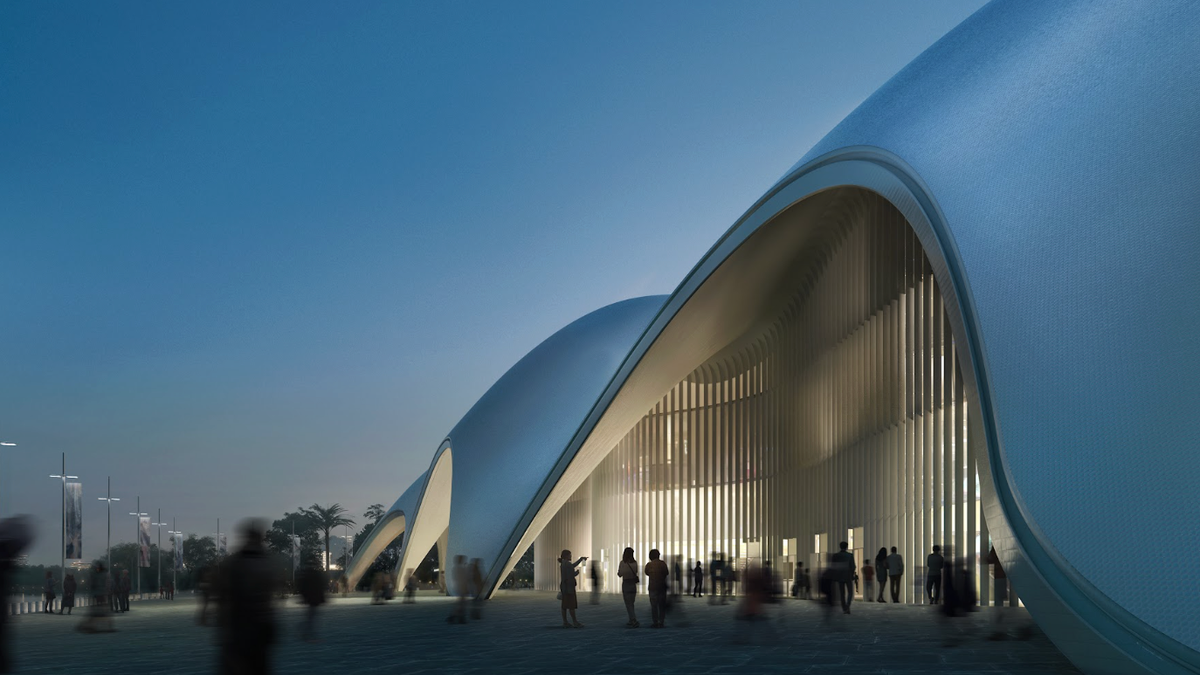
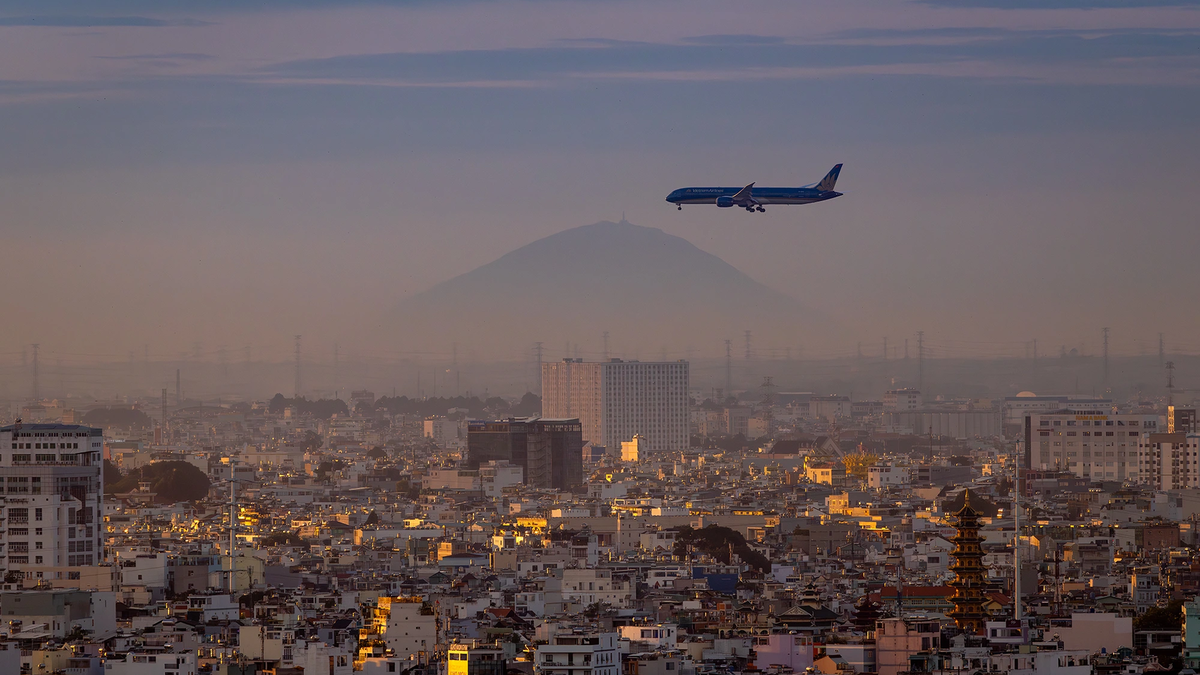
![[Photo] Prime Minister Pham Minh Chinh chaired a meeting of the Steering Committee on the arrangement of public service units under ministries, branches and localities.](https://vphoto.vietnam.vn/thumb/1200x675/vietnam/resource/IMAGE/2025/10/06/1759767137532_dsc-8743-jpg.webp)
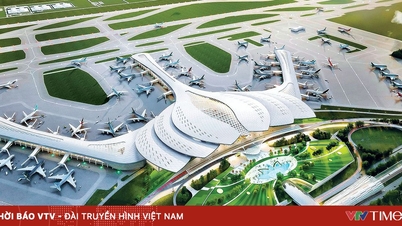

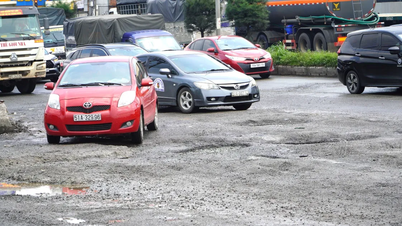

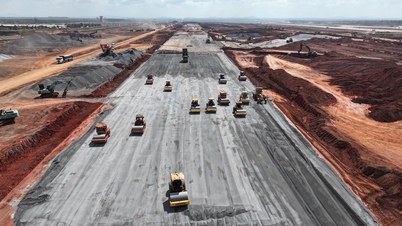




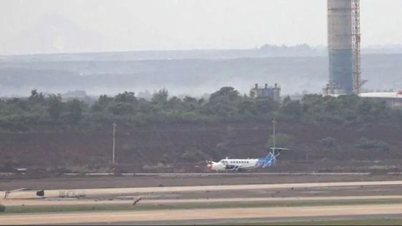


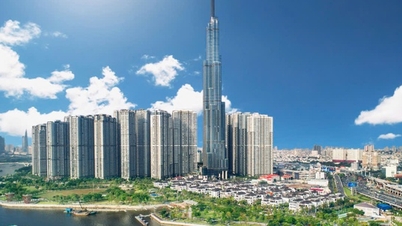




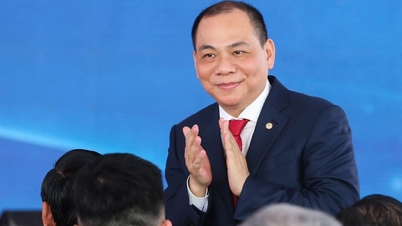





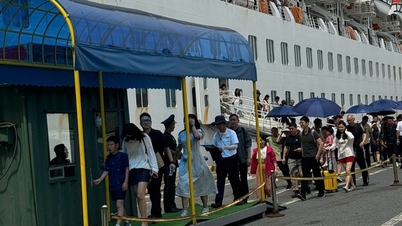
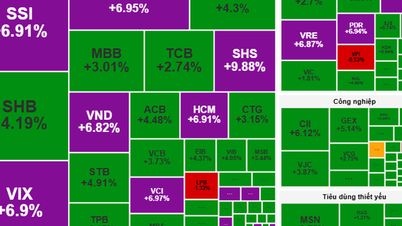









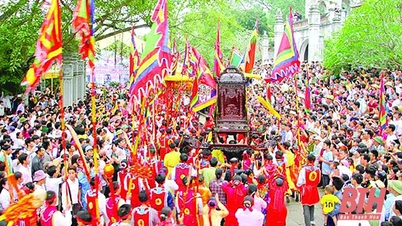











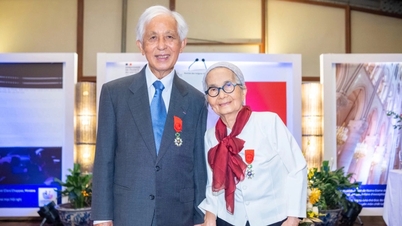




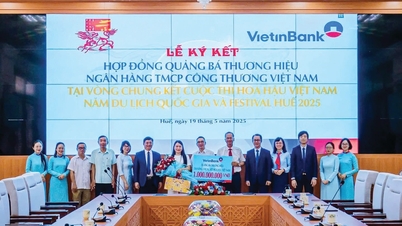
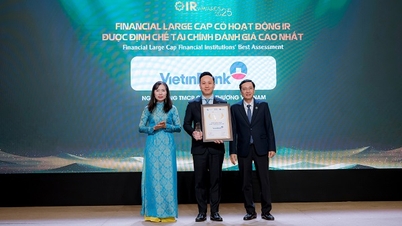









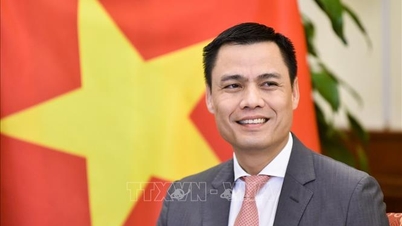
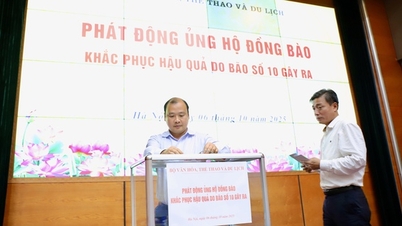


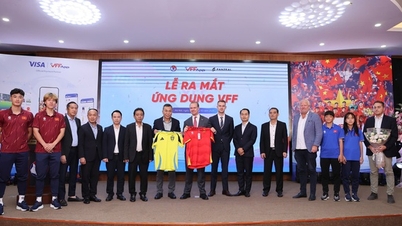







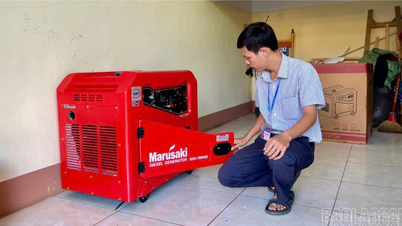



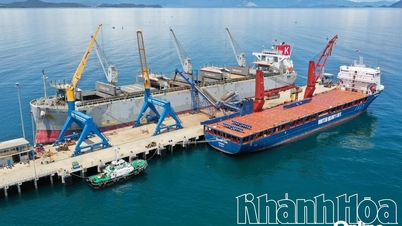




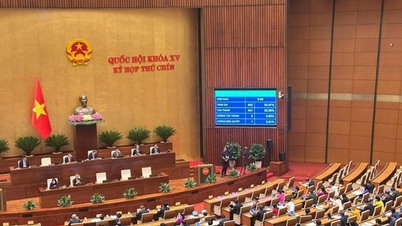









Comment (0)